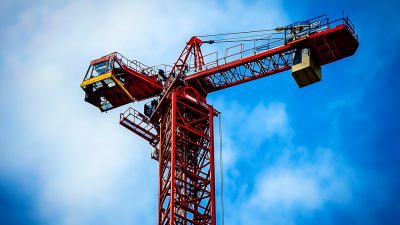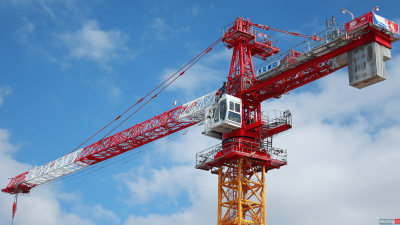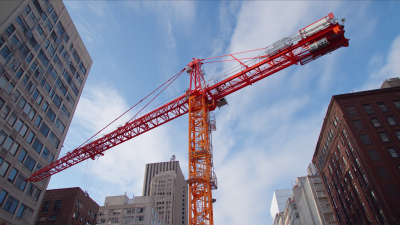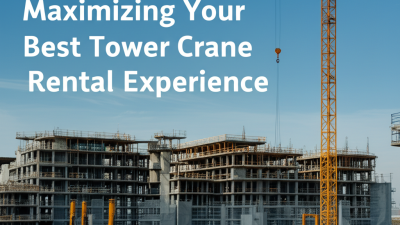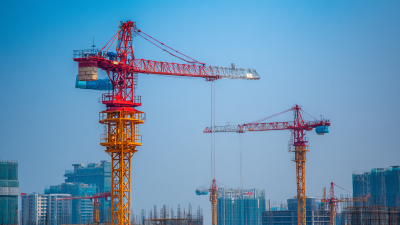The construction industry continually seeks innovative solutions to improve efficiency and productivity, and the advent of the Self Erecting Tower Crane is a prime example of this evolution. According to a recent report by Technavio, the global construction cranes market is expected to surpass $50 billion by 2025, with self-erecting cranes playing a pivotal role in this growth due to their compact design and rapid setup capabilities. These cranes not only enhance safety by reducing the need for extensive ground space and external assembly but also minimize labor costs, as one operator can efficiently manage the crane operations. As construction projects become increasingly complex and timelines tighten, the adoption of Self Erecting Tower Cranes offers significant advantages, including increased mobility and versatility in urban environments. By leveraging these advanced machines, construction firms can meet heightened demands while operating with greater precision and less downtime, marking a transformative shift in modern construction methodologies.

Self-erecting tower cranes are revolutionizing urban construction efficiency through their innovative design and operational advantages. These cranes can be easily assembled and dismantled without the need for external assistance, significantly reducing setup time and labor costs. Their compact size allows for operation in confined spaces, making them particularly beneficial for urban environments where space is at a premium. As construction projects become more complex, self-erecting cranes provide flexibility and adaptability, streamlining workflows and enhancing overall productivity.
Furthermore, the rise in demand for self-erecting tower cranes is closely linked to the increasing focus on sustainability and cost-effective construction solutions. With their ability to operate efficiently with minimal impact, these cranes contribute to greener construction practices. The market analysis indicates a notable growth trajectory, with a projected market size reaching USD 36,971.1 million by 2035. As urbanization continues to surge, the integration of self-erecting cranes will play a vital role in addressing the challenges of modern construction, thereby enhancing efficiency and meeting the demands of contemporary infrastructure projects.
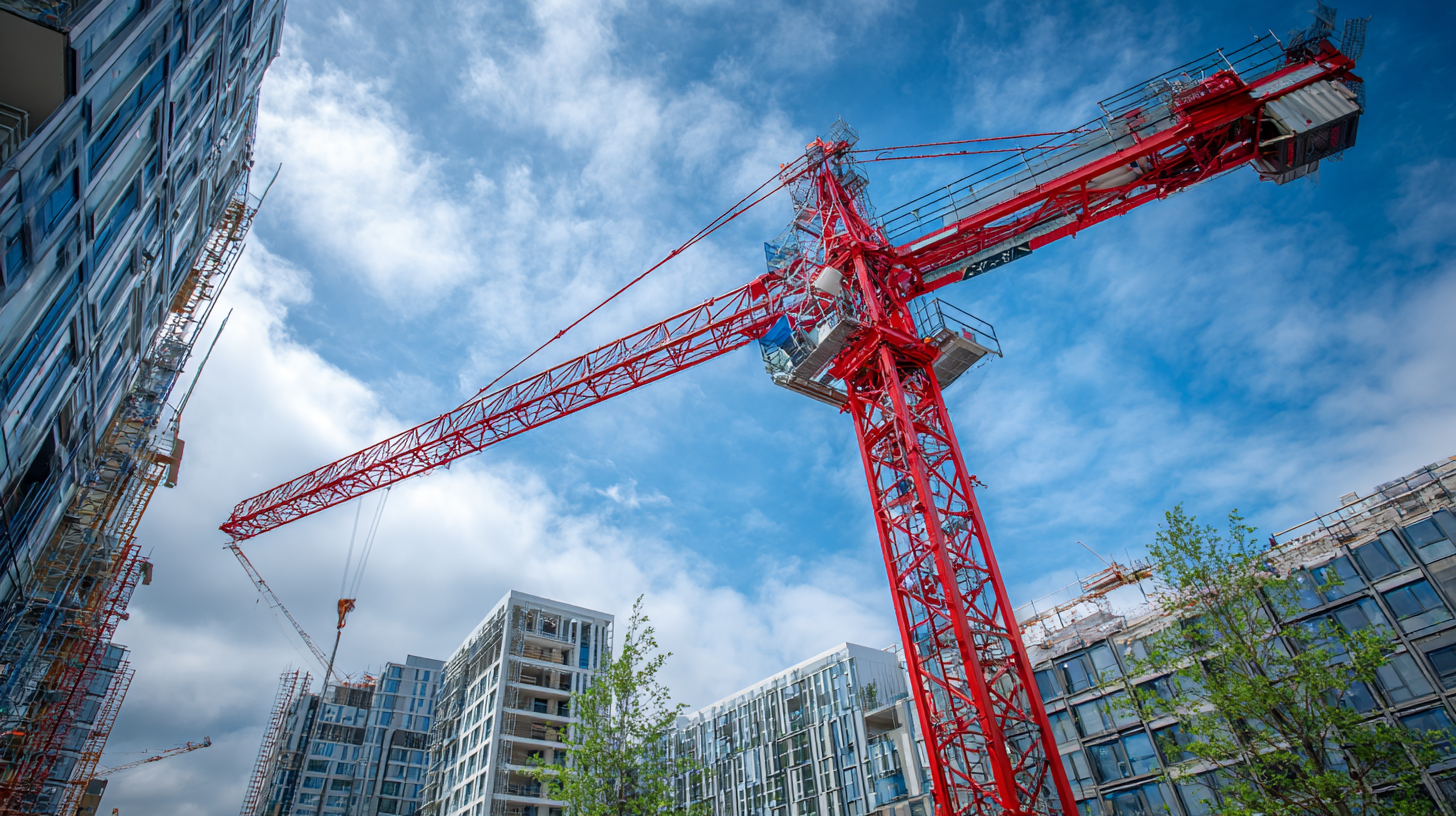
Self-erecting tower cranes represent a significant advancement in construction technology, marrying innovative design with operational efficiency. At the heart of these cranes is their unique ability to assemble themselves without the need for auxiliary cranes. This is achieved through a sophisticated hydraulic system that allows components to rise and lock into place seamlessly. Operators can control the erection process from a centralized control station, enhancing both safety and productivity on busy construction sites.
The technology behind self-erecting tower cranes also includes advanced load management systems, which utilize sensors to monitor weight distribution and stability in real-time. This ensures that the crane operates within safety parameters, minimizing the risk of accidents. Additionally, these cranes often incorporate automated features such as GPS tracking and advanced positioning systems, which streamline operation and improve precision. As a result, self-erecting tower cranes not only reduce labor requirements but also accelerate project timelines, making them an invaluable asset in modern construction practices.
The construction industry has witnessed an evolution in crane technology, particularly with the introduction of self-erecting tower cranes. These innovative machines offer significant cost savings compared to traditional cranes. One major advantage lies in their reduced setup time and labor requirements, which translates into lower operational costs. While traditional cranes often necessitate extensive ground preparation and a larger crew for assembly, self-erecting cranes can be quickly deployed by a minimal team, allowing projects to start sooner and stay on schedule.
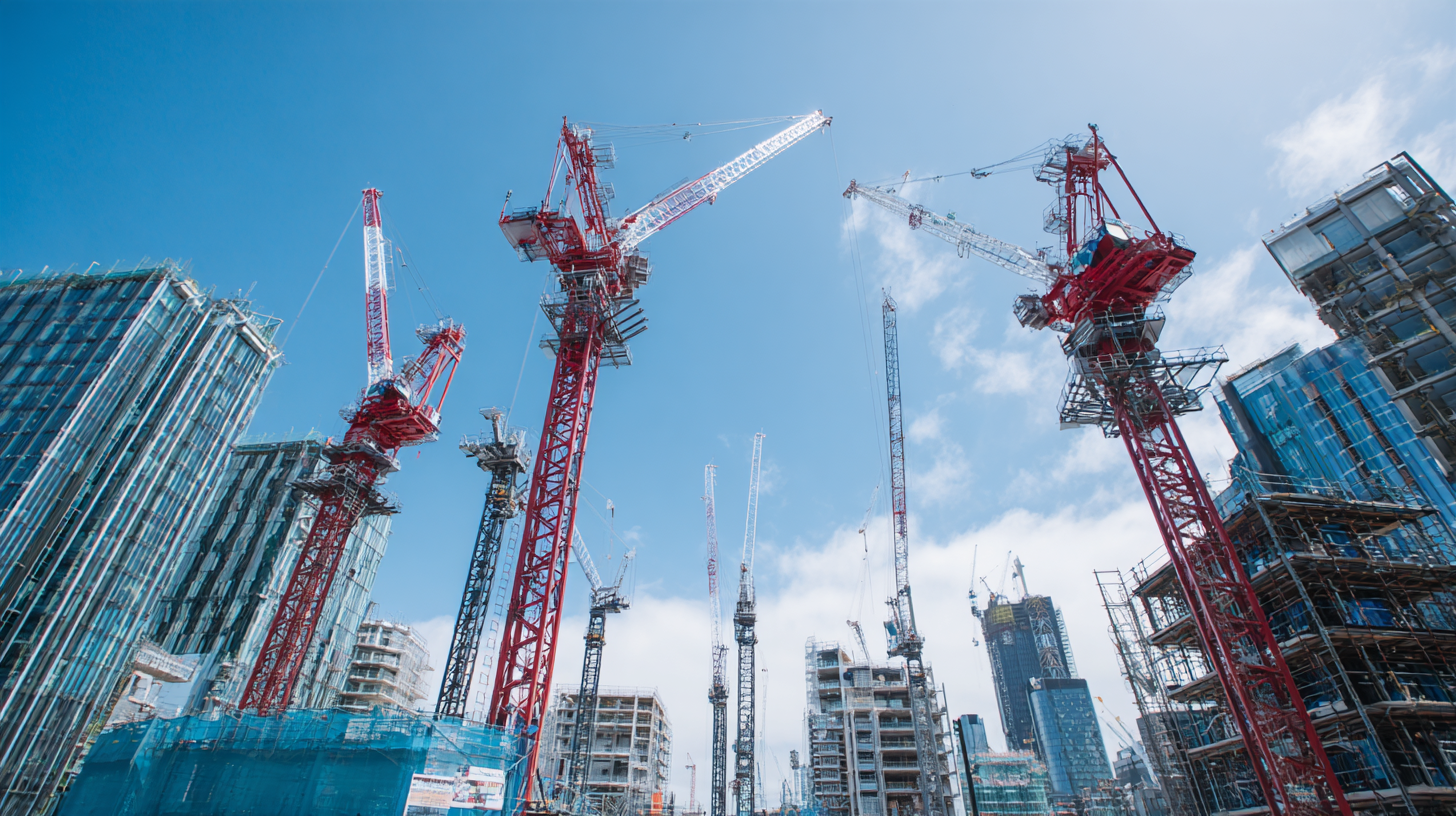
Moreover, self-erecting tower cranes boast enhanced efficiency that can lead to further financial benefits. Their compact design enables them to operate in constrained spaces, which is increasingly valuable in urban environments where construction sites are often limited in size. This adaptability allows for higher productivity without the need for extensive infrastructure, effectively minimizing the associated costs. As construction companies explore new technologies to optimize their operations, the comparative analysis of cost savings between self-erecting and traditional cranes highlights a clear trend towards more sustainable and economical building practices.
Self erecting tower cranes are revolutionizing modern construction sites, particularly when it comes to safety enhancements. These cranes are designed to minimize the risks associated with high-rise builds due to their compact design and advanced technology. By requiring less space for setup and operation, they significantly reduce the chances of accidents that typically occur in congested job sites. According to a recent industry report, cranes equipped with advanced safety features can lower on-site incident rates by up to 30%, emphasizing their importance in maintaining worker safety.
Furthermore, the innovation in self erecting tower crane technology is notable. The latest models come with integrated safety systems that monitor load capacities and provide real-time data on operational conditions. This allows operators to make informed decisions and reduces the likelihood of human error. For example, new cranes showcased at recent exhibitions demonstrated enhanced stability and automated features that ensure precise maneuvering, minimizing the risk of unexpected shifts or drops. As the demand for safer construction practices continues to rise, self erecting tower cranes are emerging as a vital solution for ensuring both efficiency and safety on job sites.
The global construction industry is witnessing a significant shift towards self-erecting tower cranes, driven by their innovative design and increasing adoption rates. Self-erecting cranes offer numerous advantages, including reduced setup time and enhanced safety features, making them an attractive choice for urban infrastructure projects. As cities expand and the demand for multi-story buildings rises, these cranes provide the efficiency and performance required for modern construction challenges.
Market trends indicate a strong growth trajectory for self-erecting tower cranes, with their adoption becoming more prevalent across various regions. The tower crane rental market was valued at USD 16.3 billion in 2024, reflecting the industry's increasing reliance on flexible and cost-effective lifting solutions. As organizations seek to optimize project timelines and resources, the global tower crane market is projected to experience substantial growth, creating opportunities for manufacturers and rental service providers alike. This trend establishes self-erecting cranes as a pivotal element in the evolution of construction practices, catering to the rising complexities and demands of urban projects.

